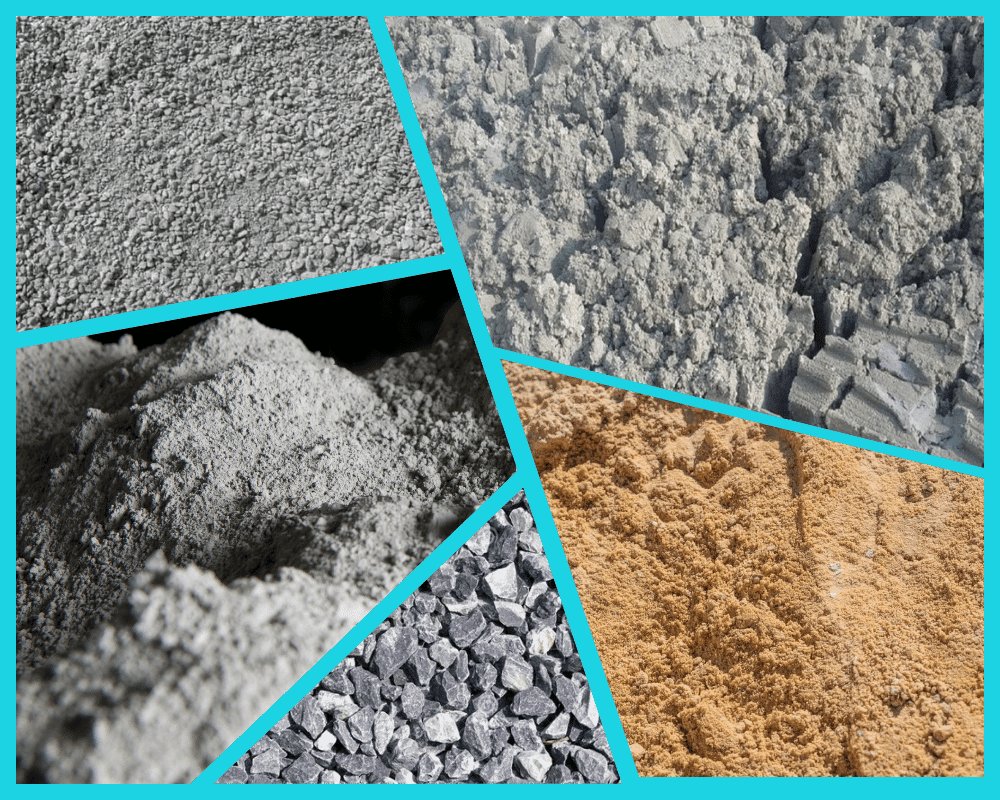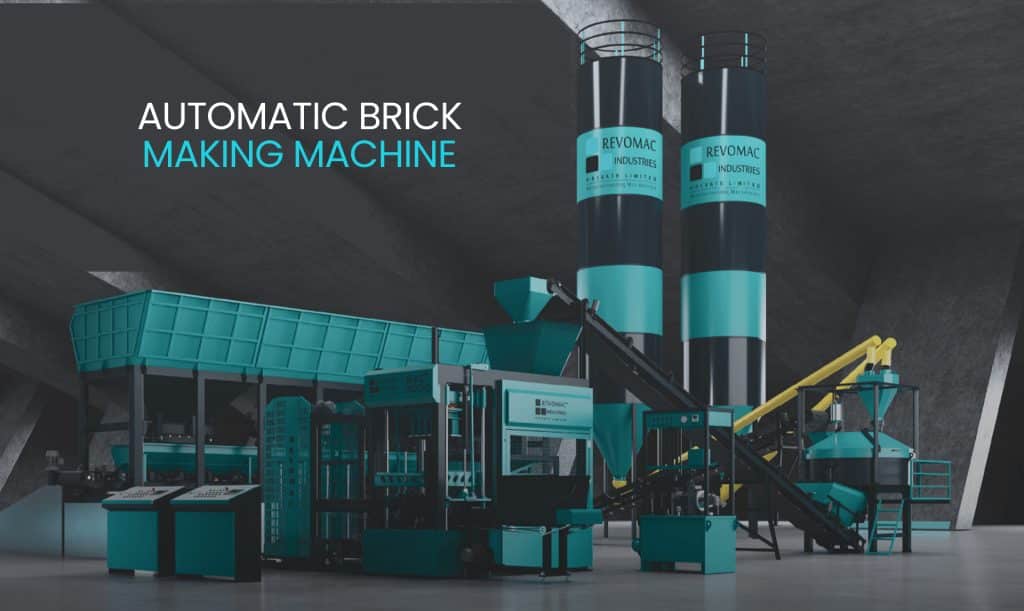 Skip to content
Skip to content
In today’s construction industry, the demand for sustainable, cost-effective, and durable building materials is higher than ever. One product that has gained immense popularity is the fly ash brick. Made using fly ash, a by-product of coal combustion, these bricks are not only eco-friendly but also stronger and more consistent than traditional clay bricks.
With the advancement of technology, manufacturers now prefer automatic fly ash brick plants, which ensure high productivity, uniform quality, and reduced labour dependence. If you’ve ever wondered how these plants actually work, here’s a step-by-step guide to the brick-making process.
An automatic fly ash brick plant is a fully mechanised system that combines raw material handling, mixing, moulding, curing, and packaging with minimal human involvement. Unlike manual or semi-automatic plants, automatic systems use hydraulic presses, conveyors, and automated feeders to speed up production while maintaining uniformity.

The first and most important step in the process is preparing the raw materials. The quality of the input directly affects the strength and durability of the finished bricks.
The raw materials are tested for quality before use. Proper proportioning is critical because even a slight imbalance can reduce the strength of the bricks.
Once the raw materials are prepared, they are transferred into automatic feeders. These feeders move the materials to the mixing unit, where they are blended thoroughly.
Most plants use pan mixers or roller mixers, which ensure uniform mixing of fly ash, sand, cement, and water. Automation plays a key role here by maintaining accurate proportions and avoiding manual errors.
The goal is to create a homogeneous mixture with the right moisture content. This ensures that when the material goes into the mould, the bricks will be dense, compact, and strong.
After mixing, the material is fed into the hydraulic brick press machine. This is where automation makes the biggest difference.
The moulding process is one of the most crucial stages because it determines the final strength, density, and shape of the bricks.
Freshly moulded bricks are still weak and need curing to gain strength. Automatic plants use two main curing methods:
The curing process helps the cement and lime binders react chemically with fly ash and water, giving the bricks high compressive strength and durability.
After curing, bricks are left to dry naturally or in drying chambers to remove excess moisture. Proper drying ensures that bricks do not crack during handling or transportation.
Before moving to packaging, quality checks are conducted. Some common tests include:
This ensures only high-quality bricks reach the customer.
Once the bricks pass quality checks, they are sent to the automatic stacking unit. Conveyor belts carry the bricks to storage areas, where they are stacked in neat rows.
Some plants also have robotic or semi-automatic packaging systems, which wrap and prepare bricks for transportation. Proper stacking and packaging reduce the chances of breakage during transit and make handling easier at the construction site.
Switching to an automatic plant offers multiple benefits for manufacturers and builders:

The construction industry is moving rapidly towards automation and sustainability. Automatic fly ash brick plants are at the forefront of this transformation. With government support for eco-friendly building practices and rising demand for cost-effective housing, the use of such plants will only increase in the coming years.
Future advancements may include: